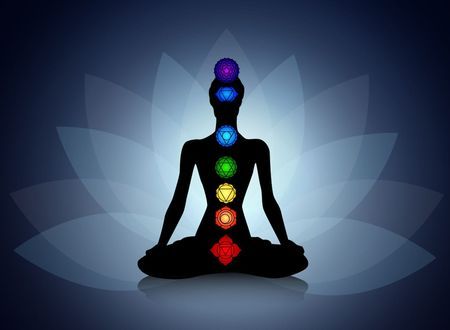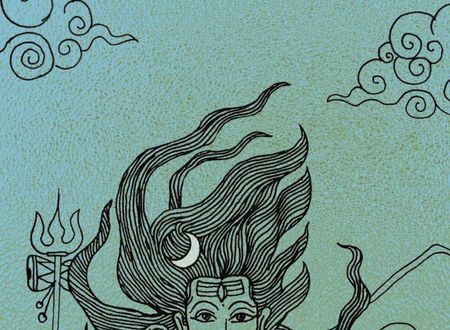Hare Krishna!
Samkhya philosophy is said to bear the roots of the Yoga philosophy. Even Lord Krishna has gone at length to explain the Samkhya philosophy, in the Bhagwad Geeta. Srimad Bhagwatam Maha Puran has a separate chapter for explaining the Samkhya philosophy. It was first propagated by Lord Kapil (one of the avatars of Lord Vishnu) to his own mother. Samkhya considers reality and human experience as being constituted by two independent ultimate principles, Purusha (‘consciousness’ or spirit); and Prakriti, (cognition, mind and emotions, and nature or matter).
Understanding the Samkhya Philosophy can help one to understand the common cause for all problems in life. Anything that one sees, knows or experiences, in the world exists because it has some prior cause through which it has arisen.
Damini Dalal has authored a simple book on Samkhya Philosophy called – “The Essence of Samkhya Karikas”. ‘Samkhya Karikas’ was originally written by Ishwara Krishna (different from Lord Krishna). She is one of the foremost disciples of Indian yoga Guru – Dr. Jayadev Yogendra.
Some excerpts from the book:
- The ultimate idea would be to go through them [difficulties, sufferings] with understanding, grace, patience and forbearance rather than questioning ‘why me?’. (61)
- The process of evolution begins only through the coming together of Purusha and Prakriti where occurs and endless intermixing of the gunas and is called a heterogeneous combining. (96)
- Gunas (Sattvik, Tamasic & Rajasic) don’t exist in isolation. (100)
- Whatever is gross is perishable. (185)
- The functions of Prakriti are many. Amongst them is nourishment. Just as milk is insentient or non-conscious, so is Prakriti insentient or non-conscious, but its purpose is to provide nourishment to Purusha. (224)
With just over 250 pages and 21 chapters, the books details out the explanation of 72 karikas or shlokas. At the beginning of the book we have a short description of 6 schools of philosophy – Mimansa, Nyaya, Vaiseshika, Yoga, Samkhya & Vedanta. It also discussed important of Jainism, Buddhism, Vedas, Agamas & Charvakas and their contribution to Samkhya Philosophy’s development. The books gets fairly technical at various points, so please do keep pen and paper close by to take notes, for better understanding. Overall, the structure and explanation has been simplified greatly by the author.
The only negative aspect of Samkhya Philosophy, in my opinion, is that it does not tell from where does Purusha and Prakriti come or arise.
Hare Krishna!









Comments & Discussion
13 COMMENTS
Please login to read members' comments and participate in the discussion.